The forgotten artist from the golden age of Paris
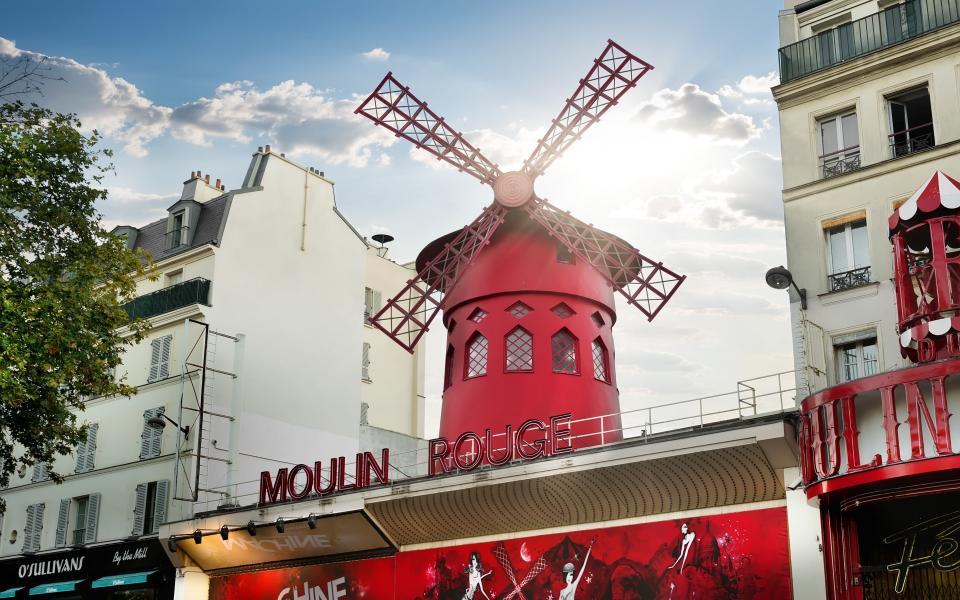
Every great city has at least one defining moment - the era when it was in the ascendency, when its wealth, culture and society flourished and its influence radiated around the world. Think of Imperial Rome, Medieval Venice, Shakespearian London, Amsterdam’s 17th-century Golden Age. In Paris it was that extraordinary time from about 1850 until the outbreak of the First World War - the Belle Epoque - when music, literature, architecture flourished, and the city became the undisputed art capital of the world.
The legacy is still there. Paris is still largely defined by the elegant avenues, prospects, and parks which were laid out to create arguably Europe’s most beautiful city. And its biggest tourist attractions are the museums, stuffed with the art which changed the way we see the world - from the light-infused landscapes of the Impressionists to the revolutionary perspectives of the modernists led Picasso.
One artist who was drawn to Paris right at the end of the Belle Epoque, but who has slipped under the radar compared with his more famous contemporaries, was Amadeo Modigliani. If you haven’t heard of him, you probably soon will - his distinctive nudes and portraits are the focus of the new block-buster retrospective at Tate Modern which opens tomorrow. They give a rare insight into the personalities of the time - among his sketches and paintings are portraits of Picasso, Brancusi, Soutine, Utrillo and Cocteau; the great collector, Paul Guillaume, and Modigliani’s lovers - including the poets Anna Akhmatova and Beatrice Hastings.
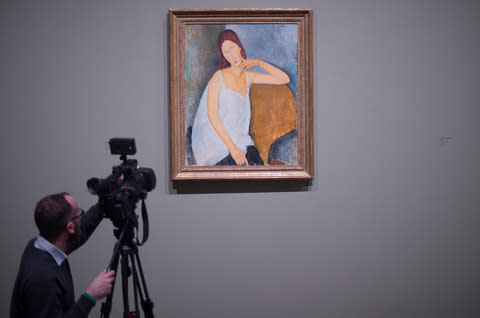
The Italian came to Paris in 1906 - a young artist in search of fame and inspiration, and judging by his dissolute lifestyle, a good time. And, following in his footsteps 100 years later - exploring the museums, artists’ studios and cafes of Montmartre and Montparnasse, it is still possible to enjoy trying to recapture the atmosphere of the Belle Epoque Paris when the city was at the epicentre of modern art.
Modigliani in London
Modigliani at Tate Modern from November 23 until April 2, 2018. Impressionists in London at Tate Britain until May 7, 2018. tate.org.uk.
Modigliani in Paris
Montmartre
Impoverished artists always gravitate to the cheapest parts of town and, at the turn of the 20th century that was exactly what characterised the area around Montmartre - a backwater at the edge of the city looking out over the countryside north of Paris. Now it’s a chi-chi tourist district, but explore the cobbled back streets around Rue Corot and Rue Lepic and there is still a sense of old, village Paris. The Bateau-Lavoir - a low ramshackle warehouse just off the rue Garreau, was home to several artists including Picasso, Braque and Modigliani in the years leading up to the First World War. Sadly it burned down in 1970, but the facade survives as a sort of shrine to modern art.
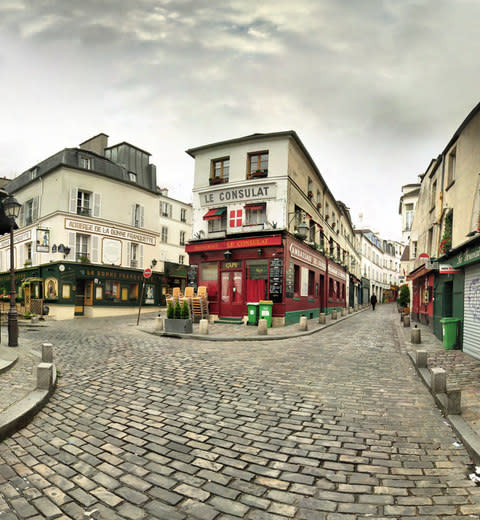
Being up on a hill, Montmartre was also of course, home to the city’s windmills. They were falling into disuse by 1900 and the buildings made perfect venues for entertainment. Some of the originals are still in business. Moulin de la Galette offers a surprisingly good lunch, and was a favourite eating and drinking den for artists - Van Gogh painted the view from the back, and Renoir caught the party atmosphere with one of his most famous paintings - the Bal de la Moulin de la Galette (lemoulindelagalette.fr/en). There’s a copy up on the wall.
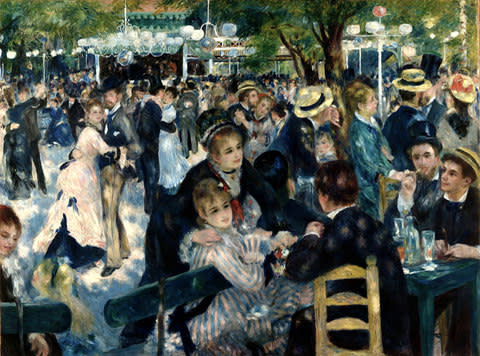
Much more risque was the Moulin Rouge (moulinrouge.fr), where the Can Can and cabaret were born, absinthe drinking was popularised and which was also frequented by some of the most famous artists of the time. Toulouse-Lautrec did the posters, Manet painted the girl behind the bar. The original venue which was based in the yard behind the mill was mostly open-air, and - bizarrely - home to a giant plaster elephant, used as a prop by the dancers. When the mill burnt down in 1915, it was rebuilt and covered, and the show still goes on. If topless dancing is your thing, you can enjoy the routines from 87 euros - much more if you want to dine at a table while you watch.
Rather more sober, but easily the most informative place to explore is the Museum of Montmartre (museedemontmartre.fr/en/le-musee) which is based in the oldest building in the area. It was where Renoir lived and set up his studio (it’s been recreated on the upper floor) and it has a permanent collection of paintings, posters and drawings signed by Toulouse-Lautrec, Modigliani and Utrillo. The exhibits relate the history of the area and its connections with the artistic community.
Montparnasse Quarter
The area in the south of the city around Montparnasse railway station also offered cheap lodgings and studio space. This was where Modigliani moved in 1909, a couple of years after he arrived in Paris. Like Montmartre, it offered not only low rents, but entertainment and nightlife. Modigliani met the English poet Beatrice Hastings at the Café de la Rotonde (rotondemontparnasse.com) which is still in business (the upstairs dining room is hung with dozens of reproductions of his paintings). Other artist haunts of the time also survive - La Closerie Des Lilas (closeriedeslilas.fr) and Le Dome (restaurant-ledome.com) also still trade off their fame.
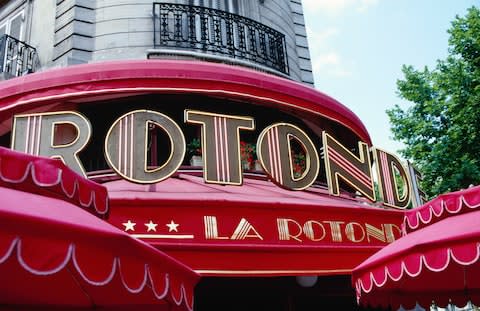
Modigliani studied, briefly, just around the corner from the Rotonde at the Colorossi academy in Rue de la Grande-Chaumière. It also still offers lessons and life classes in the same studios where the Italian artist used to draw and paint. The block where he lived in a small apartment just above Gauguin, is marked by a small plaque a few steps up the same street. This was Modigliani’s final home. He died in 1920, aged 35, a victim of TB but also the toll of a lifetime’s enthusiasm for alcohol, drugs, some grand affairs and prodigious hard work. It’s not open to the public, but you can get an insight into the atmosphere of an artist’s studio the Bourdelle museum (bourdelle.paris.fr/en) nearby. Antoine Bourdelle was a sculptor who trained with Rodin for 15 years, but then went his own way. The gardens here are full of his monumental sculpture, but it is the studio itself, unchanged since his death in 1929 which is the most atmospheric reminder of this golden age of art in Paris.
Where to see the art
Unsurprisingly, Paris has the best collections of Impressionist and Modernist art in the world. Here is where to see the best of it.
Houses the most important collection of paintings by Monet - including the canvas which gave the movement its name: Impression: Soleil Levant (1872) about 20 of the late garden and water lily paintings - but also a rich collection of work by Manet, Cezanne, Degas and Berthe Morisot, who was married to Manet’s brother Eugenie.

Free and often overlooked by tourists, the Petit Palais is essentially an arts and crafts museum, but the theme of the visit is all about the Belle Epoque - Paris in 1900 - and includes high-quality paintings, including Cezanne’s Three Bathers, Renoir’s Portrait of Mme Bonnières, and Monet’s wonderful Setting sun on the Seine at Lavacourt.
Perhaps Paris’ most appealing museum, beautifully restored and re-opened two years ago, and the best place to see the work of the most admired sculpture of the Belle Epoque. Several key pieces, including Le Penseur, stand in the formal gardens.

Upstairs are Monet’s famous water lilies, but the wonderful galleries downstairs is much less well-known. Here hangs the spectacular collection of the dealer and collector Paul Guillaume (1891-1934) and his widow Domenica. It is one of the most brilliant early collections of Impressionists and 20th-century art to remain (broadly) intact and includes some of Modigliani’s best paintings, such as the portrait of Guillaume himself (though this is currently in London).
One of the most important collections of his work, stretching from the early blue and pink periods right to the end of his life. A current exhibition “Annee Erotique” focuses on a single year - 1932.
Simply the the greatest collection of Impressionist art anywhere, housed in one of the most elegant buildings of the time - the former Orsay station. There are dozens of major works by each of Manet, Renoir, Monet, Pissarro, Degas, Cézanne and many others including Renoir’s Bal du Moulin de la Galette and Monet’s wonderful winter landscape, The Magpie.

Here, in the Pompidou centre is where to pick up the story after the first wave of Impressionists and post-impressionists -, of Cubism, Dada and Surrealism and so on. Modigliani is well represented.
Musée d’Art Moderne de la Ville de Paris
A rival and often over-looked rival to the Pompidou centre, but there’s a rich collection of 20th century art, and the galleries, in the Palais de Tokyo (opposite the Eiffel Tower) are generally less crowded.

